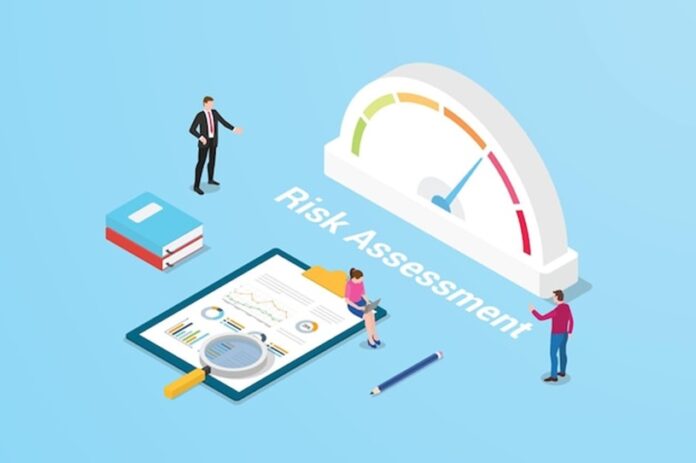Third-party risk management has become an essential component of any organization’s governance and compliance strategy. With the rise of cyber threats, data breaches, and regulatory requirements, companies are increasingly relying on third-party vendors to meet their business needs. However, this also brings a host of risks that organizations must carefully manage to protect their reputation, data, and bottom line.
To effectively manage these risks, businesses need reliable and comprehensive third party risk management software. These solutions offer a systematic approach to identifying potential risks associated with working with third parties, assessing those risks, and implementing controls to mitigate them.
In this guide, we’ll take an in-depth look at third-party risk management software, its benefits, features to consider, and how it can help your organization stay compliant and secure.
What is Third-Party Risk Management Software?
Third-party risk management software is a tool that helps organizations identify, assess, and manage risks related to their business relationships with external entities such as vendors, suppliers, contractors, and partners. It provides a centralized platform for tracking and monitoring all third-party activities and ensures that appropriate security measures are in place to protect sensitive data. To learn more about why is third party risk management important for healthcare compliance, you may check out this blog post so that you can get a better understanding of this concept.
Benefits of Using Third-Party Risk Management Software
- Improved Compliance: With increasing regulatory requirements and data privacy laws, organizations need to ensure that their third-party relationships comply with all relevant regulations. A comprehensive risk management solution can help automate compliance processes and ensure that all vendors are meeting the necessary standards.
- Enhanced Security: Working with third parties exposes businesses to potential security risks, such as data breaches or cyber-attacks. A robust risk management software can help organizations identify and mitigate these risks through regular assessments and monitoring.
- Cost Savings: A solid risk management program reduces the likelihood of financial losses due to third-party incidents, such as data breaches or compliance violations. It also helps organizations negotiate better contracts with vendors by identifying and addressing potential risks early on.
- Efficiency: Manual third-party risk management processes can be time-consuming and prone to errors. A software solution streamlines these processes, saving valuable time and resources for the organization.
- Centralized Data Management: Third-party risk management software offers a centralized repository for all vendor-related data, making it easier to track and monitor activities across the organization.
Key Features of Third-Party Risk Management Software
- Risk Assessment Tools: These tools help organizations identify potential risks associated with their third-party relationships and prioritize them based on their likelihood and impact.
- Vendor Tracking and Monitoring: A risk management solution should provide a comprehensive view of all vendors, their activities, and any changes that may affect the organization’s security or compliance posture.
- Compliance Automation: The software should offer automated features for managing compliance requirements and monitoring vendor performance against those standards.
- Security Controls: To protect sensitive data, the software should have built-in security controls such as encryption, access control, and multi-factor authentication.
- Reporting and Analytics: A robust reporting feature can help organizations track and measure their risk management efforts, identify areas for improvement, and report to stakeholders.
Choosing the Right Third-Party Risk Management Software
When selecting a third-party risk management software, there are several factors to consider:
- Compliance Requirements: The solution should align with your organization’s compliance needs and be able to adapt to any future changes.
- Integration Capabilities: It should integrate seamlessly with other systems and applications used by the organization.
- User-Friendliness: The software should have an intuitive interface that is easy for employees at all levels of the organization to navigate.
- Scalability: As your business grows, so will the number of third-party relationships. The software should be able to handle a growing number of vendors and their associated risks.
- Vendor Reputation: Before investing in a third-party risk management solution, research the vendor’s track record and customer reviews to ensure they are reputable and reliable.
Conclusion
Third-party risk management is crucial for organizations looking to protect their reputation, data, and bottom line. A comprehensive risk management software can help streamline processes, improve compliance, enhance security, and save costs. When choosing a solution, consider best practices for third-party risk management program and other key features to ensure it meets your organization’s needs. With the right risk management software, you can confidently manage your third-party relationships and mitigate potential risks effectively.


